A healthy tank ecosystem depends on aquatic plants as its vital components. Crop nutrients at the same time supply oxygen to aquarium systems while removing toxins for improved aesthetics. The sight of plants weakening through time proves to be a disappointing observation. The key factors responsible for a planted tank’s decline must be comprehended to ensure proper tank health.
Content Table
How to save a dying plant? This guide addresses both plant deterioration reasons and examines the plant lifecycle and details successful revival strategies for weak underwater vegetation.
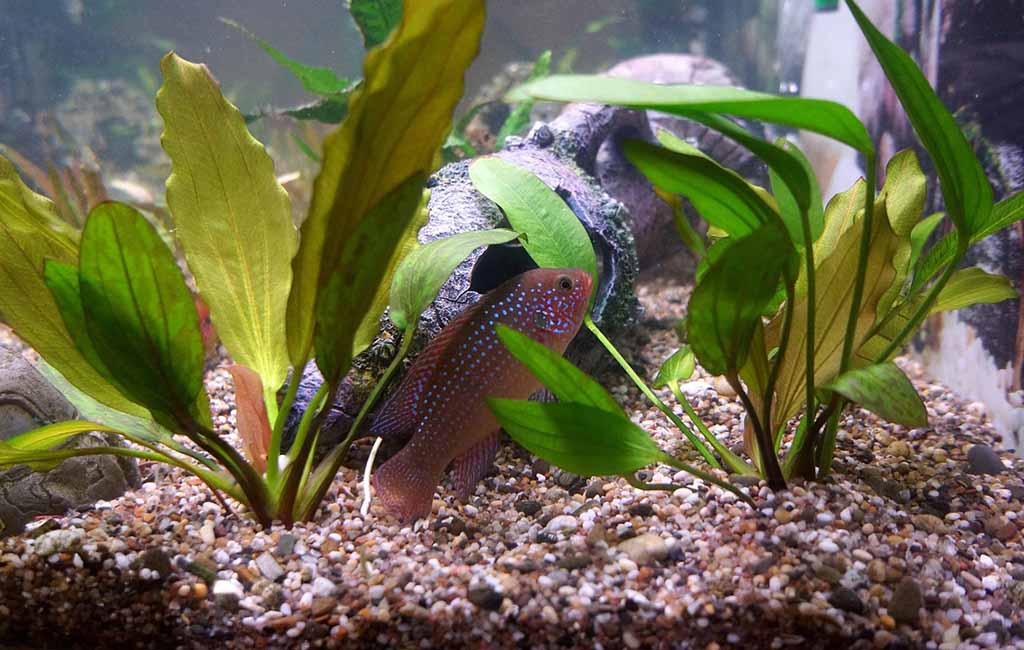
Dying plant
Why Aquatic Plants Weaken and Die
Aquatic plants can weaken and die for several reasons, often linked to environmental imbalances and inadequate care. Understanding these factors can help maintain a thriving planted tank.
- Poor Water Quality
Plants suffer stress and death from excessive ammonia along with nitrites and nitrates in poor water quality. Balanced water quality depends on regular maintenance through proper filtration and beneficial bacterial presence.
- Inadequate Lighting
Plants from various species need particular photometric conditions that determine their light intensity and time under exposure time. Plants affected by poor lighting experience limited photosynthetic production, which leads to sluggish growth along with a fragile appearance, but intense light often results in plant stress accompanied by uncontrolled algae development.
- Lack of Essential Nutrients
The success of aquatic plants depends on obtaining sufficient quantities of macronutrients including nitrogen phosphorous and potassium together with micronutrients which include iron magnesium and calcium. Plant deficiencies result in leaf discoloration together with leaf deterioration and reduced plant height.
- Improper CO2 Levels
Plants require the right levels of CO2 as an essential component for photosynthetic reactions. The plant growth rate becomes sluggish under low CO2 conditions, but excessive CO2 both harms fish species and causes persistent changes to the aquatic environment. A steady supply of CO2 through injection or the natural respiration of fish exists as a method to control CO2 levels properly.
- Algae Overgrowth
When environmental conditions are unbalanced, algae use light and nutrients more efficiently to take over plant spaces. Light exposure regulation combined with proper nutrient management, besides introducing algae-eating shrimp or snails, will stop algae from taking over.
- Substrate Issues
The plant health depends heavily on the substrate material used. Amazon swords and crypts together with other root-feeding plants thrive in aqua soil because it provides their required nutrient-rich substrate. Most plant nutrients in inert substrates require additional care through root tabs to sustain growth.
- Improper Water Parameters
Changes in pH and water temperature together with changes in water hardness create improper conditions that stun aquatic plants, so they face increased risks from diseases and decay. Stable water conditions which support your plant species need to be maintained.
- Lack of Water Circulation
When water remains stagnant, it blocks essential minerals and carbon dioxide from reaching developing plants. A proper filter positioning, along with gentle water flow, enables plants to obtain vital nutrients needed for proper development.
- Overcrowding and Competition
Too many plants or tankmates that are aggressive both prevent light and nutrients from reaching the aquarium plants. Appropriate arrangement of plants with proper distribution will provide sufficient resources to every individual plant.
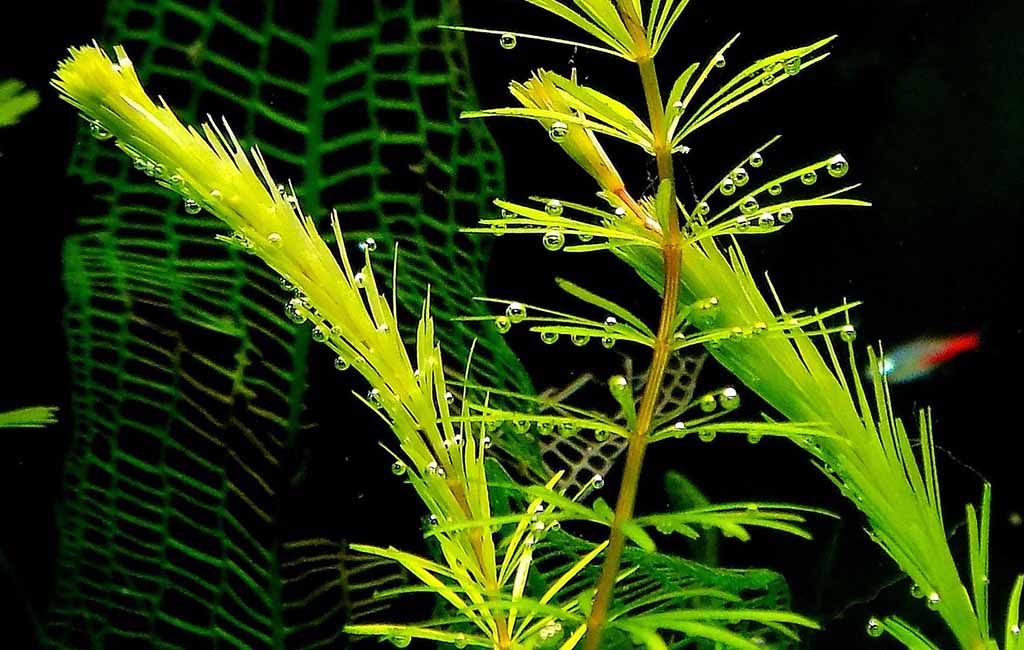
Aquarium Plants Keep Melting
Why Do Aquarium Plants Keep Melting
Plants show melting symptoms as a major concern among newly planted aquatic plants. Some reasons include:
- Transition Shock: Transition shock occurs in many plants after they transition from being above water (emerged) to beneath water (submerged) while introduced to an aquarium. The death of emergent leaves precedes the development of submerged foliage.
- Temperature Fluctuations: Fast water temperature shifts can decompose plant cells, which results in cellular breakdown that ends in melting events.
- Lack of Nutrients and CO2: Plant weakness emerges when essential nutrients combined with CO2 deficiency make plants susceptible to melting.
- Strong Water Currents: Excessive water movement can stress delicate plant species, causing them to deteriorate.
- Algae Growth: Unlike other plants, strong currents within tropical tanks exert excessive stress on delicate aquatic species, leading to decay and dying plants.
Do Aquatic Plants Die of Old Age
Aquatic plants resist the typical programmed life span that terrestrial plants possess. They replicate through a perpetual cycle of shoot production along with new leaf generation. Older leaves will perish under unfavorable environmental conditions, which makes the plant appear to grow older. The maintenance practices alongside the correct trimming techniques help sustain plants in their healthy state.
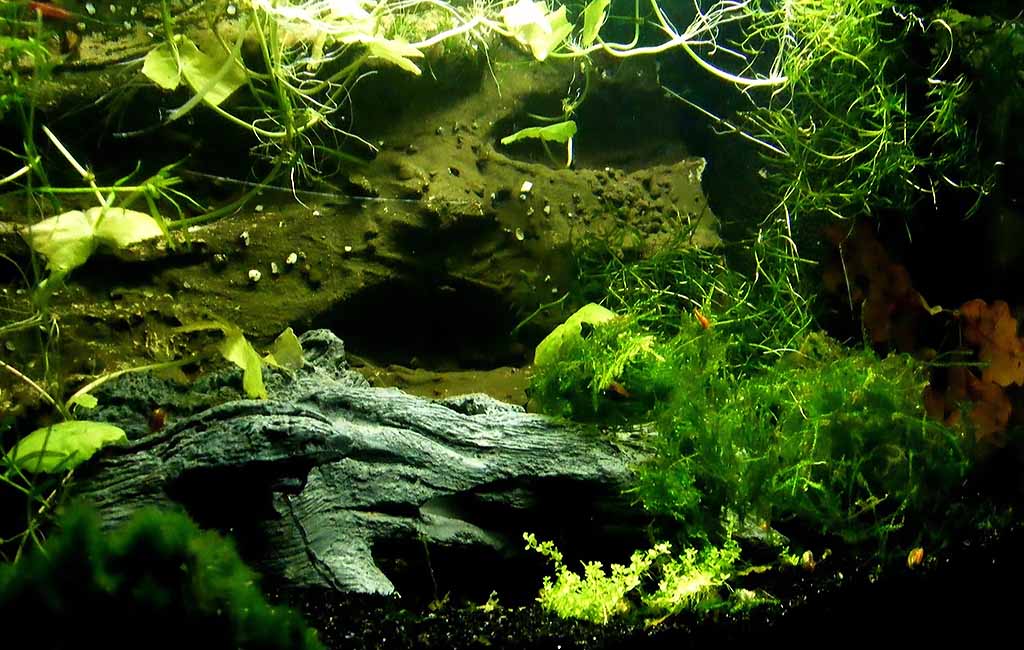
How to save a dying plant
Rejuvenate Slowly Weakening Plants in Aquariums
You should follow these actions to revive plants that show signs of weakness in your tank:
- Improve Lighting: Adjust the intensity and duration of light exposure based on plant requirements. Using full-spectrum aquarium lights can enhance growth.
- Optimize Nutrients: Supplement with liquid fertilizers or root tabs to provide essential nutrients like iron, potassium, and trace elements.
- Increase CO2 Injection: If your plants show signs of slow growth, adding a CO2 system can enhance their health.
- Prune Regularly: Removing dead or yellowing leaves prevents nutrient wastage and encourages fresh growth.
- Control Algae Growth: Keep algae in check by reducing excess light, maintaining good water circulation, and introducing algae-eating species like shrimp or snails.
- Check Water Parameters: Ensure the pH, temperature, and hardness are suitable for the specific plant species.
How to Revive a Dying Plant in Tanks
Taking immediate action for an aquatic plant that presents with signs of serious decline can be beneficial in restoring its health. Take these steps to revive a plant that has just started acting up.
- Remove Affected Parts: Trimming away dead or decaying leaves will redirect energy towards new growth. It also keeps the foliage from spreading disease or forming algae buildup on weakened foliage.
- Ensure a Nutrient-Rich Substrate: The substrate should be nutrient rich which is suitable for the plant’s root system. There are also different plants that prefer such deep, enriched substrates as Amazon swords or Vallisneria versus other plants which might like finer gravel or sand, for example.
- Use Root & Liquid Fertilizers: Cryptocorynes and Amazon swords like root-feeding plants so they do well with nutrient-rich root tabs, and stem plants and other floating plants need iron, potassium, and micronutrients in their fertilizers.
- Stable Water Conditions: Avoid rapid transitions in temperature, pH or water chemistry. The environment that a plant experiences promotes regrowth and reduces stress throughout, allowing the plant to be healthy.
- Adjust Lighting and CO2: Check the light intensity and duration of the plant’s light. Light can weaken plants if too much or too little is present. To help photosynthesis in recovering areas, additional CO2 injections or natural supply can be used as supplements.
- Move the Plant to a Quarantine Tank: This may help the plant recover without competition from other plants and disturbance from fish.
- Beneficial Microorganisms: Introduce beneficial bacteria into the substrate and water column to improve nutrient uptake, soil structure, and plant health.
- Gentle Water Movement: The water movement increases the circulation of water and distributes nutrients and CO2 more efficiently.
- Monitor and Adjust: Observe your plant’s response over a few weeks and adjust fertilization, water conditions, and lighting as needed until you get the result you want. Not all plants recover quickly, but some do.
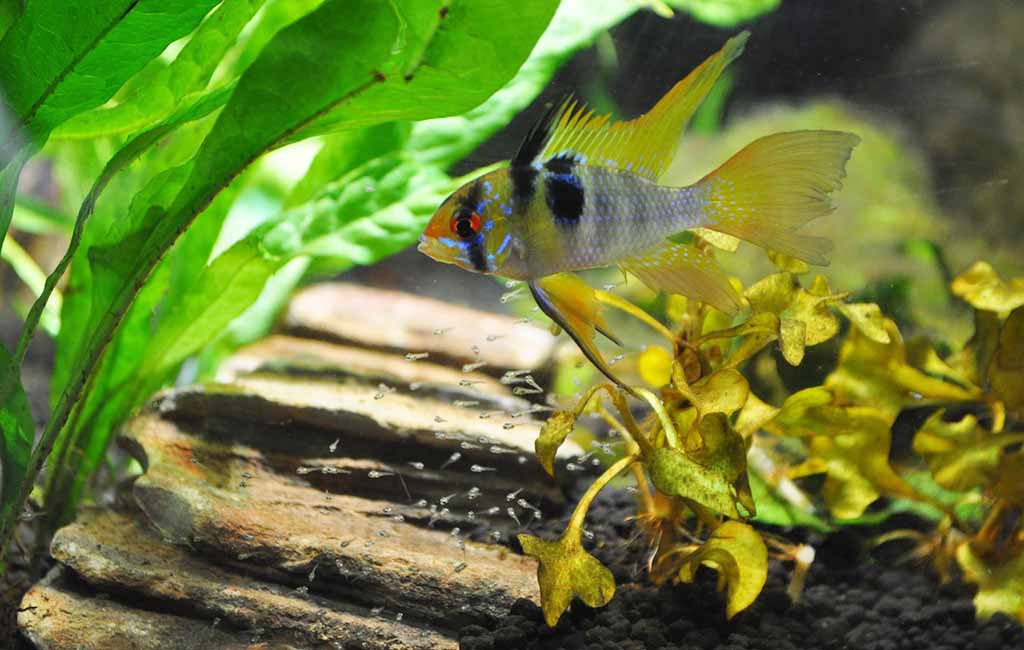
Revive a Dying Plant in Tanks
Closing Remarks
To have healthy aquatic plants, there must be a proper balance in lighting, nutrients, CO2, and stable water conditions. For plants, death from old age is not natural, but environmental stressors can weaken them. Knowing the reason behind a plant’s decline and taking preventive action will help in creating a thriving planted tank. Rejuvenate them as quickly as possible if your plants are starting to show signs of distress to prevent losing them altogether. Proper care and attention to your aquarium plants will bring a healthy aquarium to flourish and a balanced ecosystem.

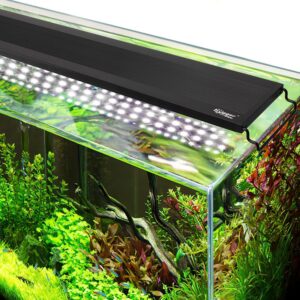
Leave a comment